Eye Translational Research Unit EyeTRU

EyeTru mission and group members
Vision loss is a growing challenge for society as the population is ageing. In EyeTRU, our goal is to conduct research that can prevent visual impairment and improve quality of life of people with eye diseases. We have a particular focus on glaucoma, which is one of the most common causes of blindness.
Our slogan is "going for gaps in glaucoma". Our research is translational (bridging between sciences), and all research projects have the needs of patients in mind. Our research group emphasizes teamwork and knowledge sharing. Thus, we always collaborate internally, but also extensively with both national and international collaborators. Our current research areas are described under "main research focus"
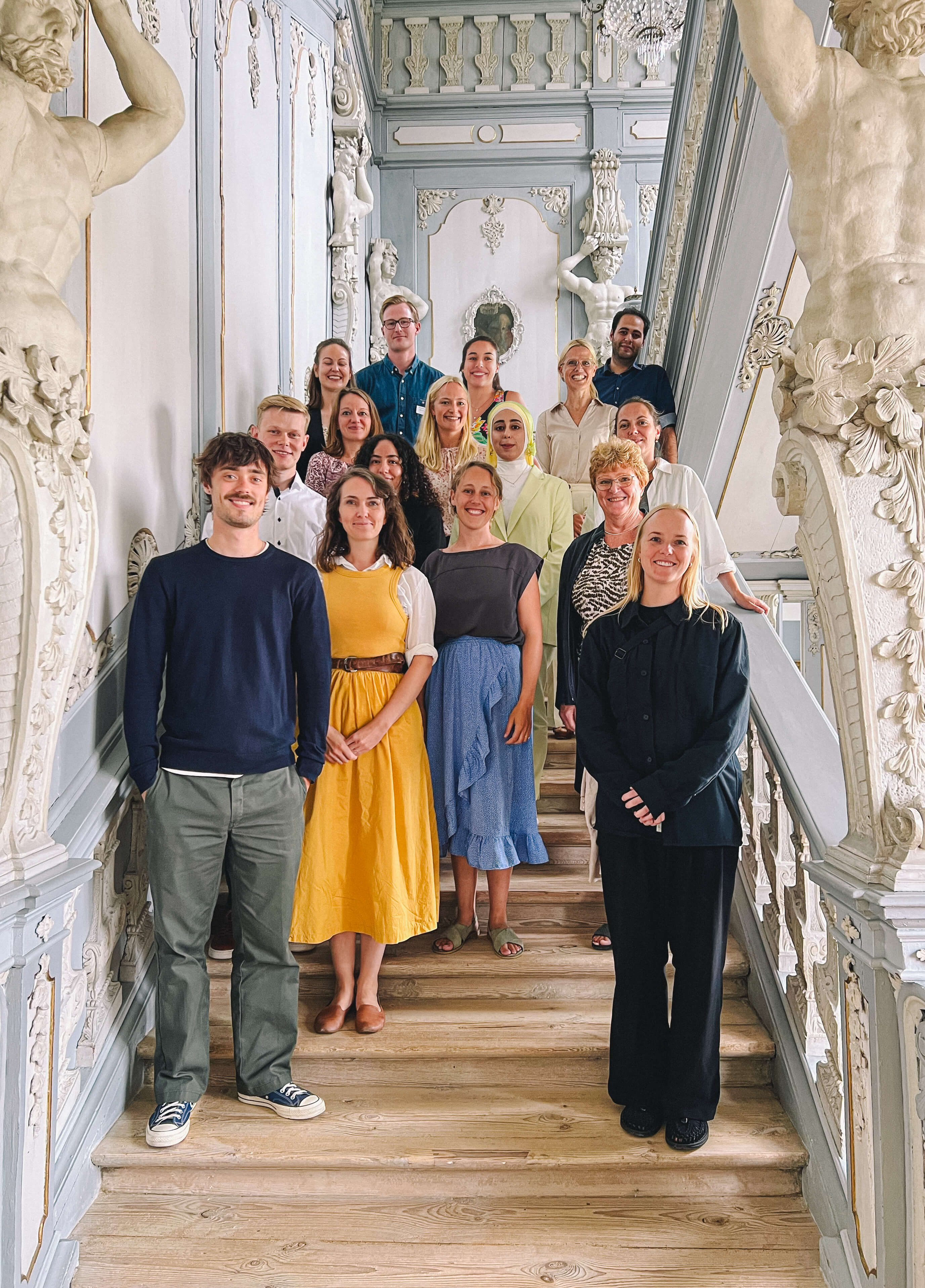
Main research focus
Research projects in EyeTRU are all initiated because of a need for patients with sight-threatening eye diseases. We have a special focus on glaucoma. We use the slogan "going for gaps in glaucoma".
Our research ranges from preclinical studies to clinical research. Our research is translational and always has the patient's needs in mind. In our preclinical studies, we investigate the pathophysiological mechanisms of glaucoma.
We have several translational studies where we use patient tissue to either make human in vitro models or omics studies where we investigate possible treatment targets or biomarkers that could potentially help understand the links between glaucoma and the body. We are also conducting epidemiological studies and clinical trials to evaluate associations and co-morbidities and to evaluate and test medicines for the treatment of glaucoma.
Finally, we are leading an ambitious population study where, in collaboration with Synoptik and a larger consortium, we are collecting large amounts of clinical eye data that will, among other things, pave the way for risk stratification of the population so that those with sight-threatening eye diseases can receive timely treatment while resources are not spent on those without the risk of developing a visual impairment.
In general, we believe in teamwork. Therefore, all projects in EyeTRU involve several group members and collaborators. We seek to create synergy in all our research projects by combining expertise to pave the way for better eye health.
We conduct in vitro and ex vivo studies to understand the pathophysiology of blinding retinal conditions. We focus on understanding the pathophysiology of the retinal ganglion cells and their surrounding glial cells (Müller glia).
Research methods: in our preclinical studies we use mice and rats as model systems. From these, we set up primary cell cultures, co-cultures and retinal explants.
In collaboration, we also perform in vivo experiments. In our group, we currently perform Western blot analysis, metabolic studies (GCMS and HPLC), Seahorse analyses, ATP assays, viability assays, immunohistochemistry and elisa.
Main collaborators: Pete Williams, Blanca I. Aldana, Nicolas G Bazan.
Main Funding: Mauritzens la Fontaine Familiefond, The Candys Foundation, the Beckett Foundation.
We are running industry and investigator initiated clinical trials at the Department of Drug Design and Pharmacology, but also at the Department of Ophthalmology, Rigshospitalet. We are investigating new treatment targets and comparing existing treatments to improve treatments and to prevent visual impairment in the growing glaucoma population.
Research methods: advanced clinical evaluations, statistics, translational methods to evaluate human samples (e.g., omics, elisa, immunohistochemistry).
Main collaborators: Barbara Cvenkel, Pete Williams, Theis Lange, Claus Henrik Nielsen.
Main Funding: Thea Pharmaceuticals, Abbvie, the Novo Nordisk Foundation.
We perform epidemiological studies to improve the management of glaucoma and to understand associations and co-morbidities. Research methods: The National Registers, including the Drug Registry, Patients with glaucoma, statistics, multicenter studies, and novel tools to detect unrecognized visual field defects.
Main collaborator: Christian Torp-Pedersen, Anne Pernille Toft-Petersen.
Main funding: The Helse Foundation, the Synoptik Foundation.
We have a particular focus on translational research where we involve patients and patient tissue as tools to pave the way for better management of glaucoma.
Stem cell studies
We are using skin biopsies and blood samples from strictly phenotypes patients with glaucoma (high tension glaucoma and normal tension glaucoma) as well as patients with ocular hypertension and age-matched controls. From the skin biopsies, we grow fibroblasts and develop pluripotent stem cells (iPSC) that are finally differentiated into retinal organoids.
We are using the retinal organoids to understand the pathophysiology of glaucomatous neurodegeneration and to identify new potential treatment target to save sight.
Research methods: iPSC-derived retinal organoids, MACS to isolate retinal ganglion cells and glia cells. Immunohistochemistry, omics and electron microscopy.
Main collaborator: Kristine Freude. Main funding: The Velux Foundation, Glaucoma Rearch Foundation, the Hørslev Foundation.
Cohort studies
We emphasize how important strictly phenotyping when establishing cohorts. By means of fibroblasts and blood samples, we are searching for biomarkers and associations that can pave the way for risk profiling, diagnostics, prognostics and potentially new treatment targets. Research techniques: Patient cohorts consisting of various glaucoma subtypes, universal hypoxia, blood sampling, skin biopsy and fibroblast culturing, ELISA, leucocyte isolation, Western blot analysis and Seahorse analyses.
Main funding: Bagenkop Nielsens Øjen-Fond, Fight for Sight, Denmark.
Main collaborators: Pete Williams, Dan Stærk, Guy Lenaers, Stine Jacoby.
Goblet cell studies
We are performing experiments to improve the ocular surface in patients with glaucoma and ocular surface disease.
In these projects, we involve stakeholders in improving regulations on the use of eye drops for glaucoma. A particular focus is to remove preservatives from eye drops to care for the surface of the eye so that side effects of treatments are reduced and adherence and quality of life are improved. We are also focusing on generics that cannot be expected to be identical to the originals. In this context, we are also calling on stakeholders and are in dialogue with the Medicines Agency.
Finally, we are looking at how we can improve the survival of the goblet cells, so that we can help the many people with dry and irritated eyes.
Research methods: Human primary goblet cell cultures, viability assays, elisa, immunohistochemistry, metabolic studies (GCMS and HPLC) and Seahorse analyses.
Main collaborators: Darlene Dartt, Tor Utheim, Goran Petrovski, Steffen Heegaard.
Main funding: The Synoptik Foundation, Bagenkop Nielsens Øjen-Fond, Fight for Sight, Denmark, The Eye Foundation.
Finding Opthalmic Risk and Evaluating the Value of Eye exams and their predictive Reliability.
Through a collaboration with Synoptik A/S comprehensive data from extensive eye examinations, questionnaires, blood pressure measurements will be linked to genetic information and data in the Danish National Health Registries. With this project, we have an opportunity to study and improve eye health as well as general health of the aging population.
The overall objectives of project FOREVER are:
- To identify risk factors and predictors of visual disability
- To identify risk factors and predictors of systemic conditions
- To validate the current eye health check in Synoptik A/S
Research methods: Clinical data analysis, data management, AI, deep learning, epidemiological tools, statistics.
Main collaborators: the FOREVER consortium.
Main Funding: The Synoptik Foundation, the Velux Foundation.
Additional Funding: The A.P. Møller foundation. Read more about project FOREVER here
FUNDING
We are extremely grateful to all fund supporters. In EyeTRU we make an effort to seek support from all relevant parties. We appreciate all contributions large and small. The total support makes our research possible and we are constantly doing our best, through our research, to pave the way for better eye health.
- Fight for Sight, Denmark
- Jørgen Bagenkop Nielsens Myopi-Fond
- Mauritzen La Fontaine Fonden
-
Mauritzen La Fontaine Familiefond
- Private investors
- Savværksejer Jeppe Juhl og Hustru Ovita Juhls Mindelegat
- The AP Møller og Hustru Chastine Mc-Kinney Møllers Foundation
- The Eye Foundation (Øjenfonden)
-
The Novo Nordisk Foundation
- The Synoptik Foundation
- The Velux Foundation
- Asta og Jul. P. Justesens Foundation
- The Beckett Foundation
- Dansk Glaukom Forening
- The Hørslev Foundation
- The Lundbeck Foundation
- Læge Sofus Carl Emil Friis og hustru Olga Doris Friis’ Legat
- The Michaelsen Foundation
- Aase and Ejnar Danielsen’s Foundation
- William Demant Fonden
MEET THE GROUP
Group Leader
Miriam Kolko
Professor in Translational Eye Research and Senior Consultant (Glaucoma Specialist)
Phone +45 2980 7667
miriamk@sund.ku.dk
Contact info
| Alexander von Spreckelsen | PhD Fellow | 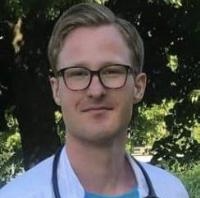 |
| Anna-Sophie Aagaard Thein | Guest Researcher |
 |
| Anne Hedengran Nagstrup | Senior Guest Researcher |
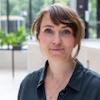 |
| Arevak Saruhanian | PhD Fellow | 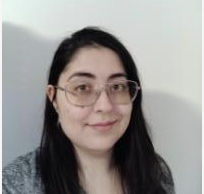 |
| Charlotte Taul | Laboratory Technician | 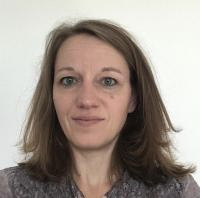 |
| Christian Eggers Ø Rasmussen | Medical student | 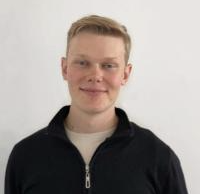 |
| Conny Irene Graae | Study nurse | 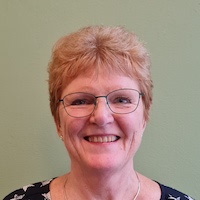 |
| Emilie Gug Møller-Kongshaug | Administrative Officer | 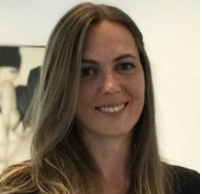 |
| Jens Riis Møller | Guest Researcher | 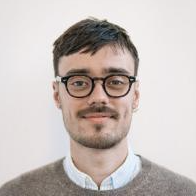 |
| Jens Rovelt | Post. Doc. | 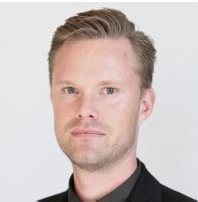 |
| Jeppe Nygaard Samuelsen | Data Manager |  |
| Josefine Freiberg | PhD Fellow | 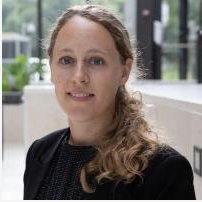 |
| Katrine Najah Mikha | Medical student |  |
| Marcel Reimann | PhD Fellow | 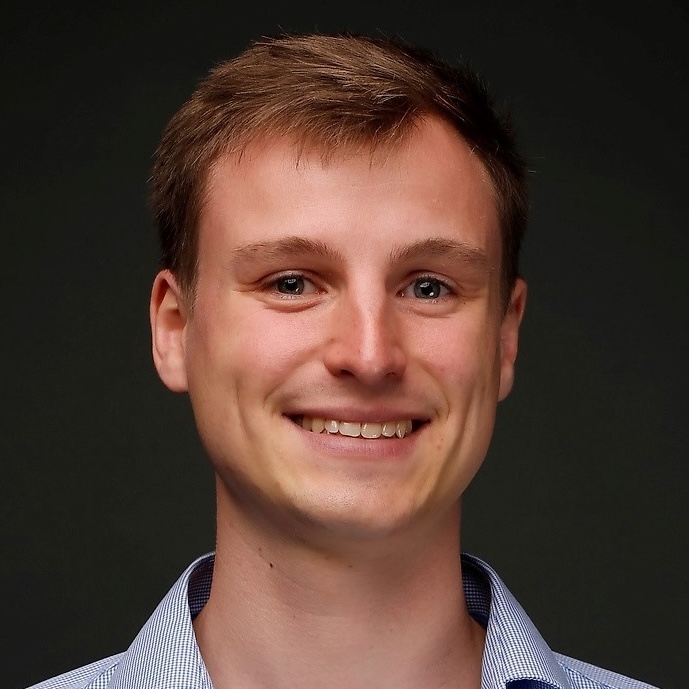 |
| Mariana Yolotzin Garcia Bermudez | PhD Fellow | 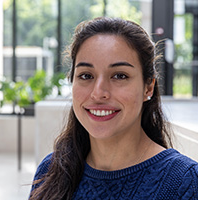 |
| Mia Langbøl Hjerrild | Senior Guest researcher |  |
| Pernille May Hansen | PhD fellow |
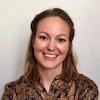 |
| Rubin Hadad | Guest Researcher |
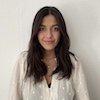 |
| Rupali Vohra | Guest Researcher | 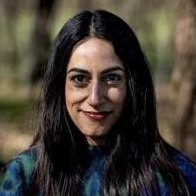 |
| Sarkis Saruhanian | PhD fellow |
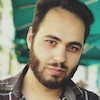 |
| Simone Nordqvist Graver Ahrensberg | Guest researcher | 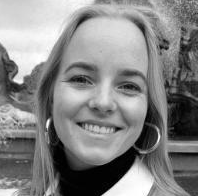 |
| Umalbaninn Mokdad Kazem Alnoor | PhD Fellow | 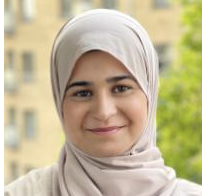 |
| Zaynab Ahmad Mouhammad | PhD Fellow | 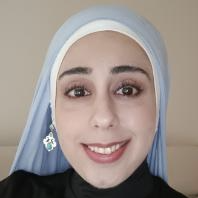 |
At EyeTRU, we believe that the key to good research is collaboration. We do what we can to bring expertise together. Our collaborations are many and below we have listed some of our long-term partners. However, there are more and still new collaborators, so the list is not exhaustive.
Collaborators (in alphabetical order)
- Barbara Cvenkel, Professor of ophthalmology of University of Medicine Ljubljana
- Blanca Irene Aldana García, PhD, Assistant Professor, University of Copenhagen, Denmark
- Christian Torp-Pedersen, MD, PhD, Aalborg University, Denmark
- Claus Henrik Nielsen, MD, PhD, Professor, Rigshospitalet, Denmark
- Darlene Dartt, PhD, Professor, Harvard Medical School, USA
- Goran Petrovski, MD, PhD, Professor, Oslo University Hospital, Norway
- Kristine Freude, PhD, Professor, University of Copenhagen, Denmark
- Nicolas G Bazan, MD, PhD, Professor, LSU University, USA
- Pete Williams, PhD, Assistant Professor, Karolinska Institute
- Steffen Hamann, Clinical Research, Asscociate Professor, Rigshospitalet-Glostrup, Denmark
- Steffen Heegaard, MD, PhD, Professor, Rigshospitalet-Glostrup, Denmark
- Tor Utheim, MD, PhD, Professor, Oslo University Hospital, Norway
- Verena Prokosch, MD, PhD, Professor, University of Cologne, Germany
The FOREVER consortium (FOREVER)
Steering group
Prof. Miriam Kolko - EyeTRU
Prof. Marianne Benn
Prof. Søren Brunak
Prof. Christian Torp-Pedersen
Prof. Janne Tolstrup
Prof. Morten la Cour
CEO Synoptik Scandinavia Andreas Jacobsen
Country Manager Synoptik Søren Kock
Head of Clinical Development Synoptik A/S Annette Slyngborg
CEO Fight for Sight, Denmark Marijke Vittrup
Associate Partners
Associate Prof. Kristoffer Sølvsten Burgdorf
Research programmer Piotr Chumra
Professor, Head of Section Anders Bjorholm Dahl
Postdoc Josefine Vilsbøll Sundgaard
Marketing & Digital Director at Synoptik Gitte Matzen
PhD students
Josefine Freiberg - EyeTRU
Jens Rovelt Andreasen - EyeTRU
Marcel Reimann - EyeTRU
Affiliated ophthalmologists
Ophthalmologist Dorte Nellemann Thornit
Ophthalmologist Kim Holmgaard
Administrative partners
Project nurse Conny Graae - EyeTRU
Project coordinator Charlotte Taul - EyeTRU
Outreach Responsible Emilie Gug - EyeTRU
International Partners
Prof. Sarah Barman
Prof. Christopher Owen
Prof. Alicja Rudnika
Prof. Gus Gazzard
Prof. David Crabb
Prof. Ananth Viswanathan
Prof. Paul Foster
Affiliated Researcher and Students
- Anna Oline Bøthun, MD, PhD student (Miriam Kolko is supervisor)
- Alexander Sverstad, MD, PhD student (Miriam Kolko is co-supervisor)
- Anne Toft, MD, PhD (Postdoc affiliated to FOREVER)
- Anna Horwitz MD, PhD
- Diva Amiri, Stud. Med.
-
Rubin Hadad, MD
Below listed in alphabetic order
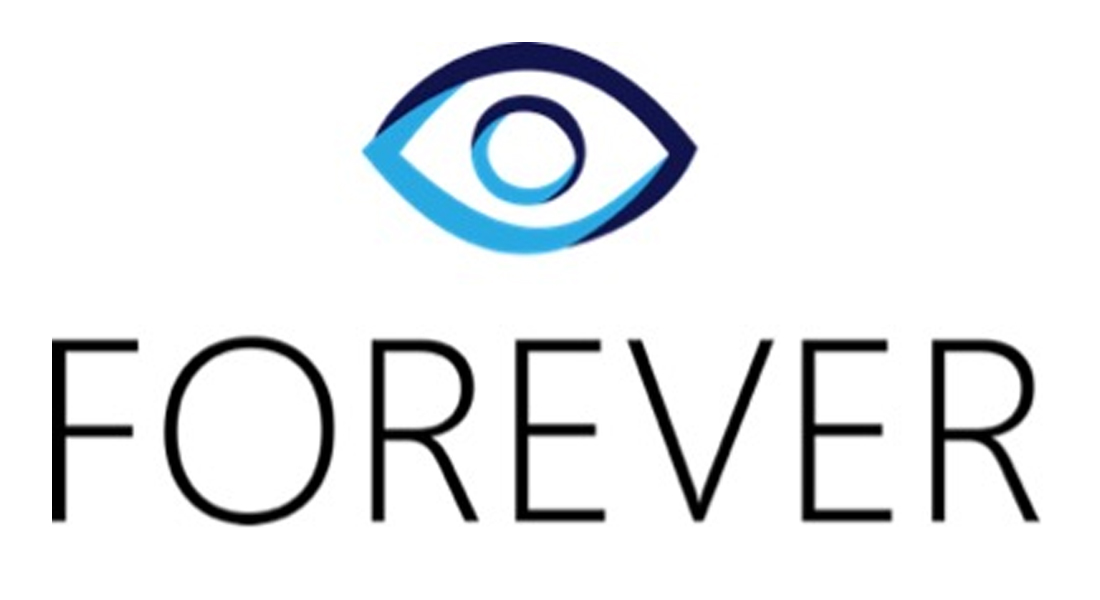
Finding Opthalmic Risk and Evaluating the Value of Eye exams and their predictive Reliability
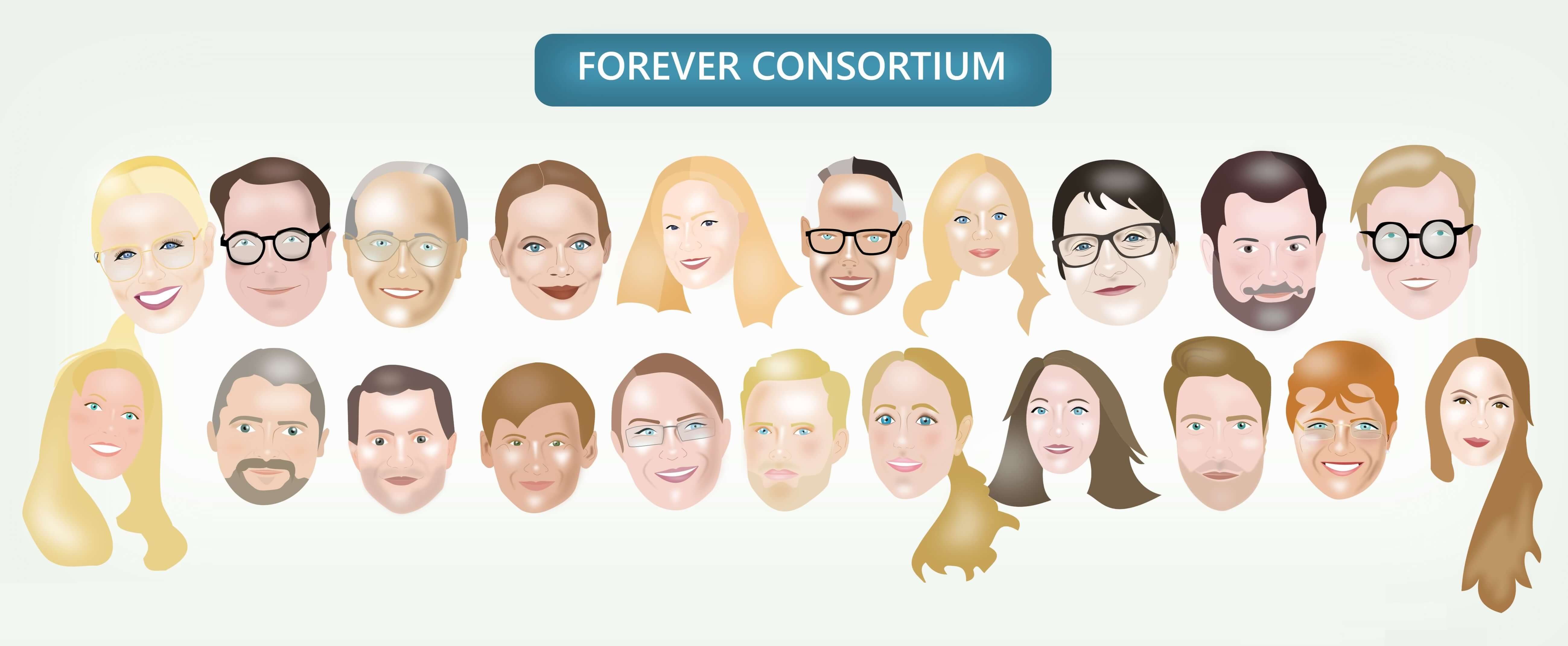
FOREVER objectives, cohorts and database structure.
- To identify risk factors and predictors of visual disability
- To identify risk factors and predictors of systemic conditions
- To validate the current eye health check in Synoptik A/S
The two FOREVER cohorts. A selected cohort of 30,000 individuals will be invited by email. All participants in the selected cohort will be +50 and are eligible for inclusion if they have had a fundus photograph taken 3 years prior to the invitation. The extended cohort will consist of a minimum of 250,000 participants that will be invited after their advanced eye exam in any Synoptik store across Denmark. The extended population will enroll participants from the age of +18.
Together with Synoptik A/S we do our best to engage the population to participate with the overall goal to improve eye health.
Participants in the selected cohort will be invited to participate via email, which will include a consent form, project information and the FOREVER questionnaire. These participants will have previously had a fundus photograph taken three years prior to enrollment. If they agree to participate, they will sign a written consent form at a Synoptik store and have a saliva sample and written consent will then be sent to the University of Copenhagen (UCPH) and securely stored. The questionnaire will be completed and stored online in the secure database REDCap. All other data will also be transferred to UPCH's cloud storage.
In the extended population, participants will be recruited at Synoptik stores. After customers have had the advanced eye exam, they will be asked if they would like to participate in the Project FOREVER. If they verbally consent, their social security number and full name will be sent securely and encrypted to UPCH and stored in REDCap. UCPH will the automatically send an invitation, a video explaining the project, a consent form and the FORVER questionnaire to the potential participant. If they sign the consent form, it will be stores in REDCap at UCPH. A list of participants who have consented will automatically be forwarded to Synoptik, and data will be transferred to to UCPH's cloud storage.
Data will be stored securely and no data will leave the FOREVERdb except for exchange with Statistic Denmark (Danmarks Statistik). Within the FOREVERdb, an Evaluation Interface (EI) has been developed for the assessment and validation of all participants in the selected population. When the evaluation has been performed, the data are locked and become immutable. All image will be stores in a remote cloud and only made available upon request to minimize the cost of data storage. When a new project has been submitted to and approved by the FOREVER steering group, the researcher will be granted acces to relevant data in a separate cloud as depicted as "project A" and "project B". We intend that as many researchers with societally relevant research questions as possible should be able to acces FOREVERdb.

